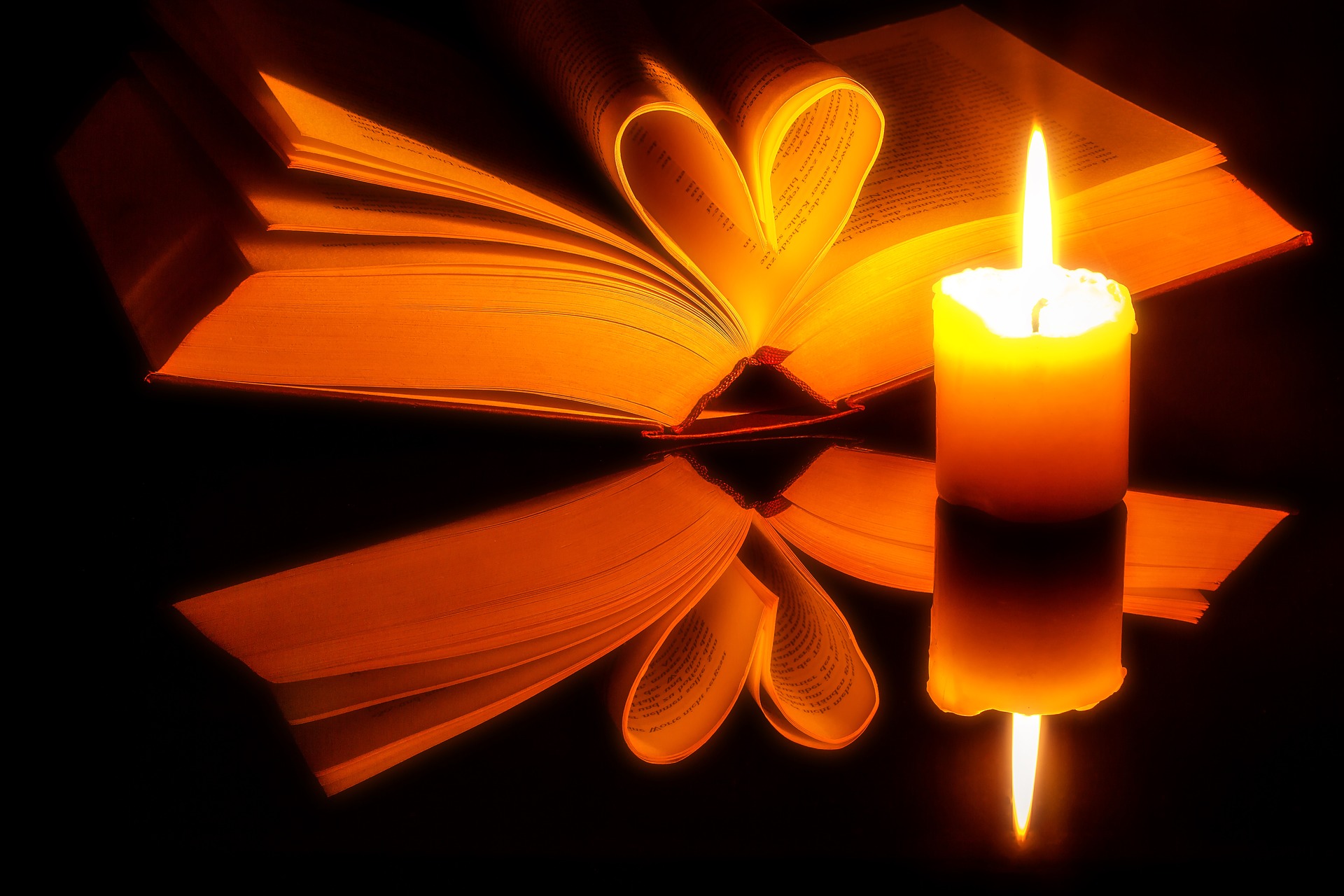
Hart/Heart in Pulter’s Emblems

Due to the early-modern spelling we have seen of “hart” for the modern-day “heart,” whenever I see this spelling I have been thinking of the fact that during this time period “hart” also meant “deer”; the poems of Mary Wroth specifically refer (many, many times) to arrows, cupid, and the “hart”–arrows and the “hart” denoting either a dear being hunted or the human heart (also being hunted, by cupid and/or the target). This “heart” and “deer” conflation, further, has often reminded me of the psalm (I didn’t know which number off the top of my head) in which “the hart panteth” for God’s love. Now, here is a poem, one of Pulter’s emblems, which legitimates my previous thoughts: the explanatory note for Emblem 22 states that “The hunted, wounded hart is a common spiritual image in the literature of the period, deriving from Psalm 42:1: ‘As the hart panteth after the water brooks, so panteth my soul after thee, O God.’”
This emblem–which uses the “hunted hart” to explore human themes and, finally, psalm like, turning inward to the poet’s reflection/invocation to God, “Then, o my God, though sorrows do involve / My sinful soul, … / Yet let me trust in thee and not despair …” (lines 25-30)–mirrors other of Pulter’s emblem poems such as those I examined in my short paper, “The Indian Moose” and “The Stately Moose,” not only in using a deer or deer-related creature as a launch-point for reflection on moral, earthly, and/or spiritual issues and in its psalmic turn from the outside, inward, but also due to the fact that it alludes to Pliny’s Natural History. Similar themes echo across these naturalistic emblems to include “in this empty orb finds no relief” (line 14), resulting in the poet’s appeal in the final lines to her maker, asking to “let me trust in thee and not despair.”
Works Cited
Women Poets of the English Civil War, pp. 121-148

